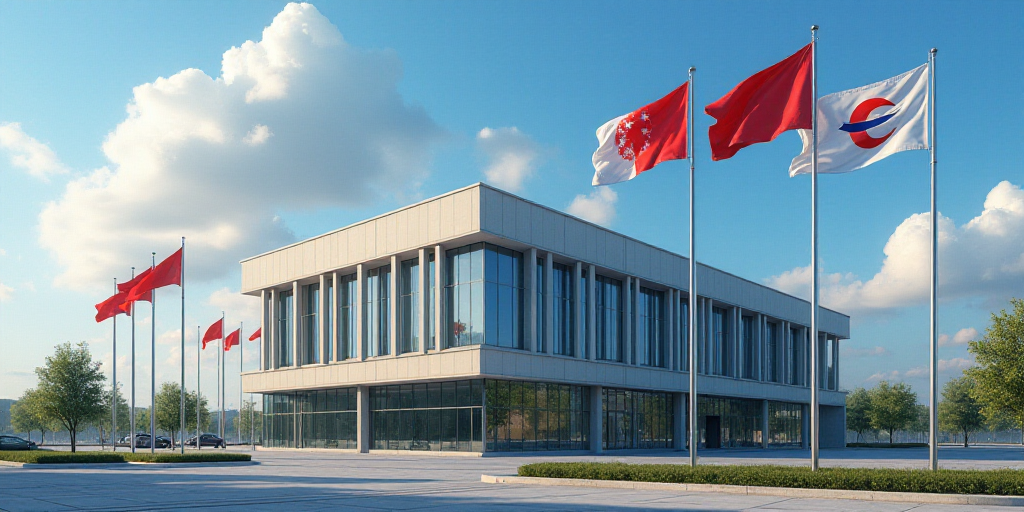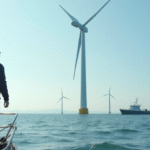Introduction to the Blue Economy and CAF’s Role
The Development Bank of Latin America and the Caribbean, known as CAF, has announced a significant increase in its investment target for the blue economy. This strategic move aims to ensure the sustainability of marine and coastal ecosystems in the region. The new goal is to invest $2.5 billion by 2030, which doubles the previous commitment of $1.25 billion between 2022 and 2026.
Current Investments and Relevant Projects
CAF has already committed $1.32 billion to various projects, focusing on sustainable development and environmental conservation. Some noteworthy initiatives include:
- Marine sanitation projects in Ecuador, Brazil, and El Salvador
- Transition energy efforts in the shrimp farming sector of Ecuador
These projects highlight CAF’s dedication to fostering a sustainable blue economy in Latin America and the Caribbean.
Why CAF Matters
CAF, established in 1970, is a critical financial institution that promotes regional integration and sustainable development. With 26 member countries, CAF plays a vital role in financing infrastructure projects, social development initiatives, and environmental conservation efforts. Its recent commitment to the blue economy underscores its dedication to preserving marine ecosystems and ensuring long-term sustainability.
Impact on the Region
The blue economy encompasses various sectors, including fisheries, aquaculture, marine biotechnology, and tourism. By investing in these areas, CAF aims to create jobs, stimulate economic growth, and protect the environment. The increased investment will help address critical challenges such as overfishing, pollution, and climate change.
Key Questions and Answers
- What is the blue economy? The blue economy refers to sustainable use of ocean resources for economic growth, improved livelihoods, and jobs while preserving the health of ocean ecosystems.
- Why is CAF focusing on the blue economy? CAF recognizes the importance of sustainable marine ecosystems for regional development and aims to support projects that promote conservation, resilience, and economic opportunities.
- Which projects has CAF already funded? CAF has supported marine sanitation initiatives in Ecuador, Brazil, and El Salvador, as well as transition energy efforts in Ecuador’s shrimp farming sector.
- What challenges does the blue economy face? The blue economy faces numerous challenges, including overfishing, pollution, habitat destruction, and climate change. CAF’s investments aim to address these issues and promote sustainable development.






